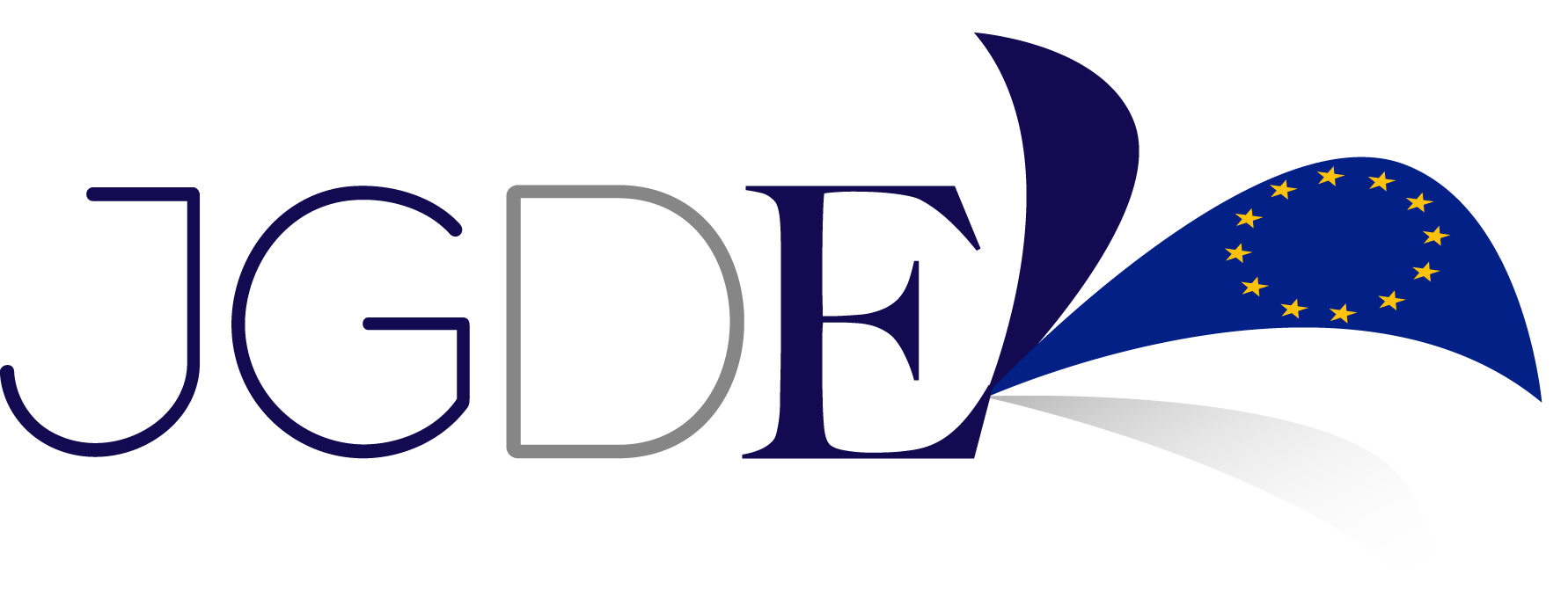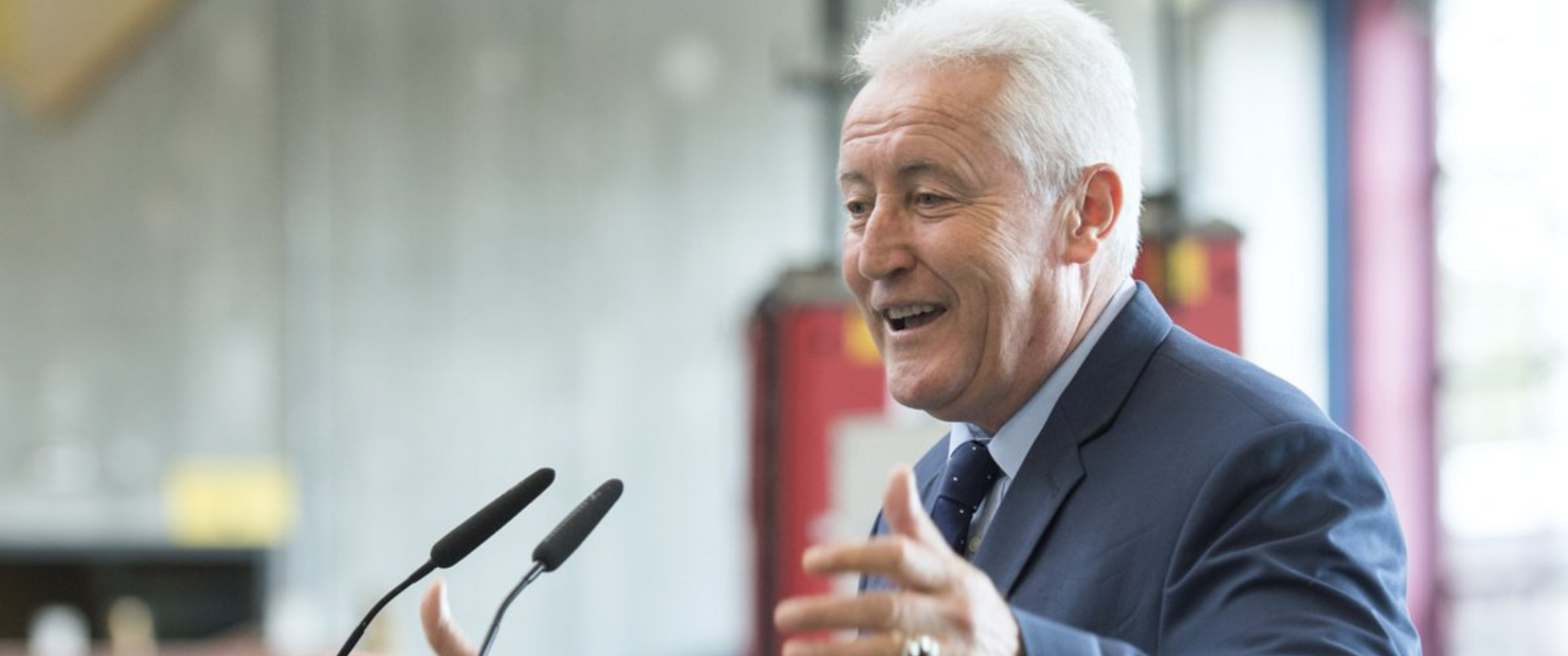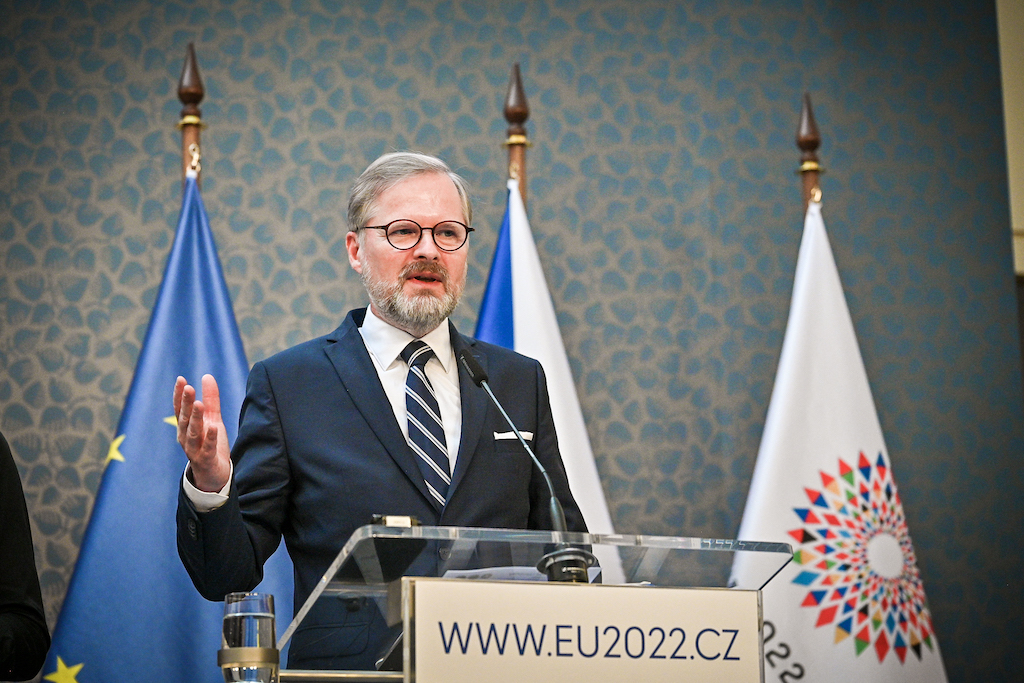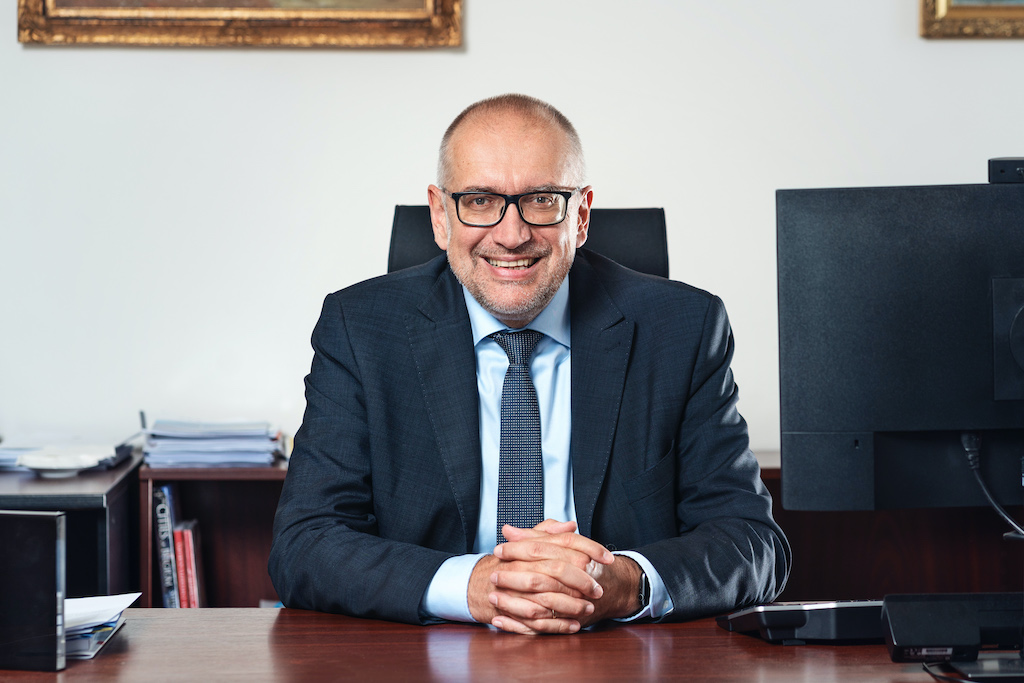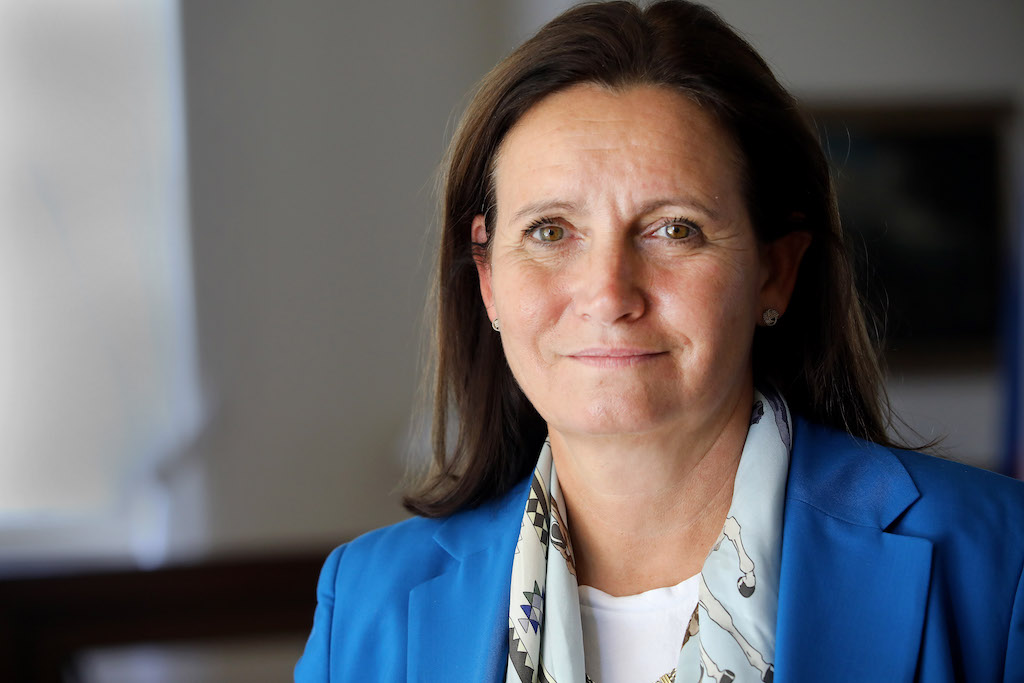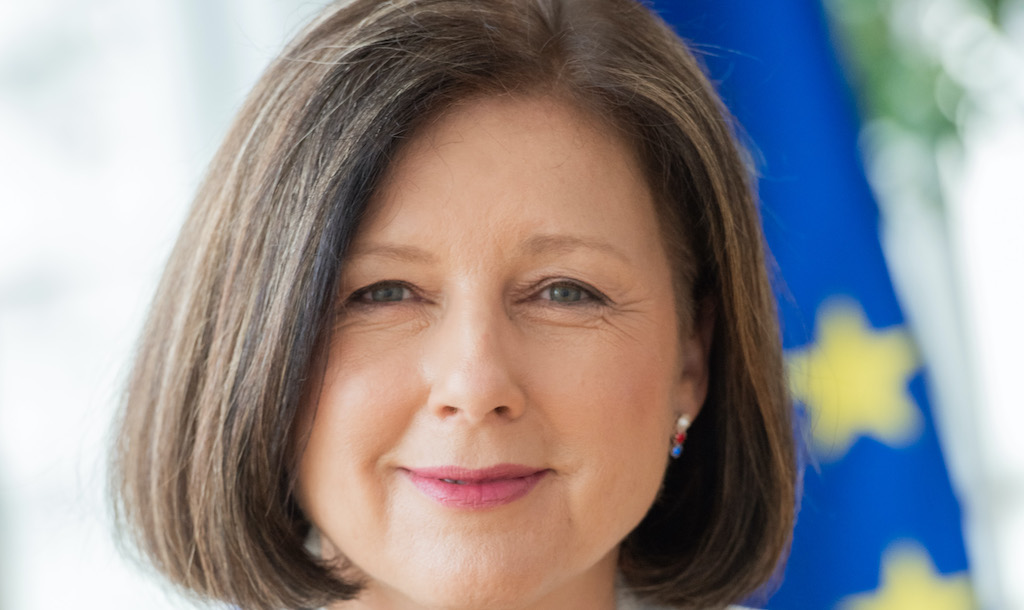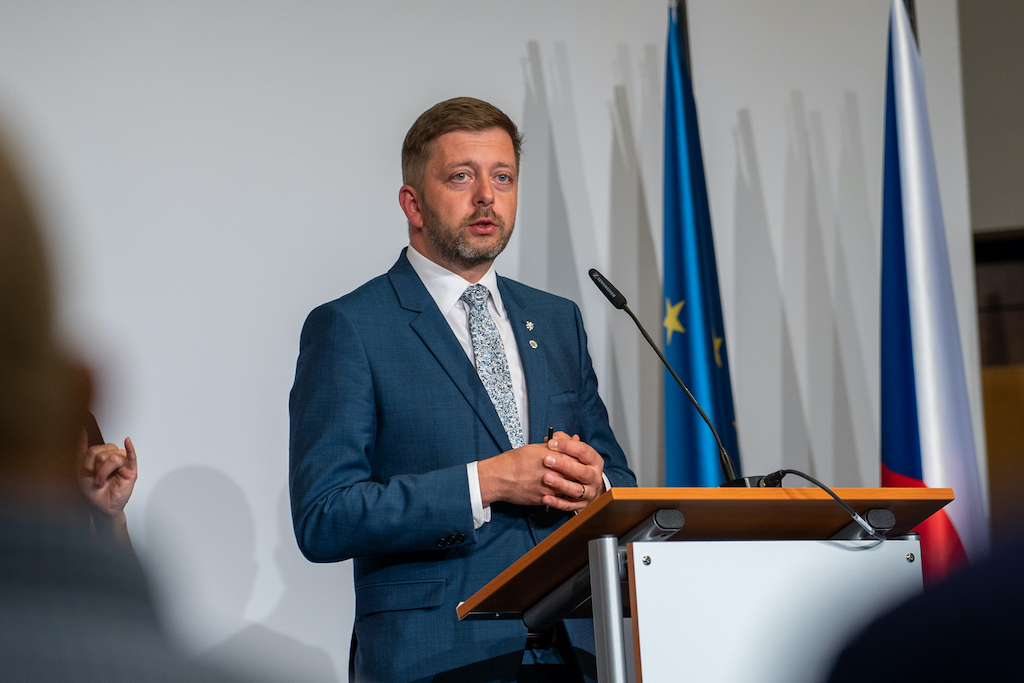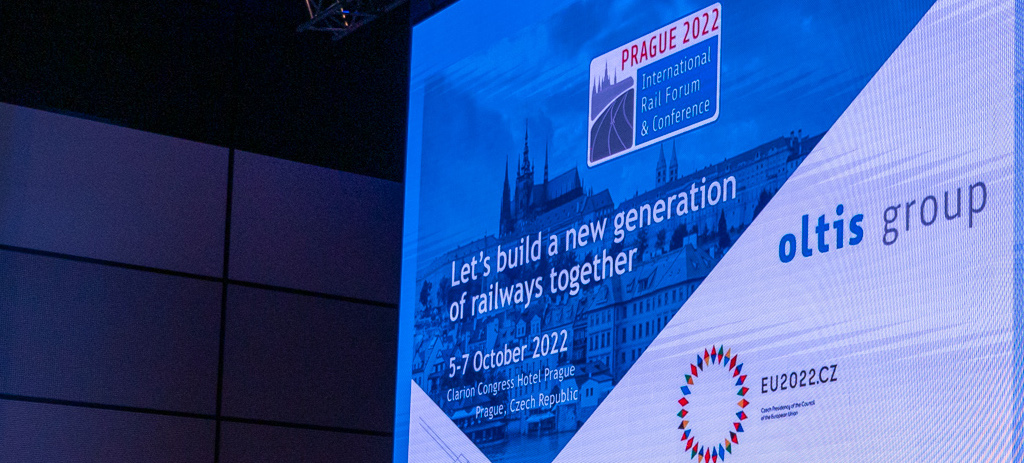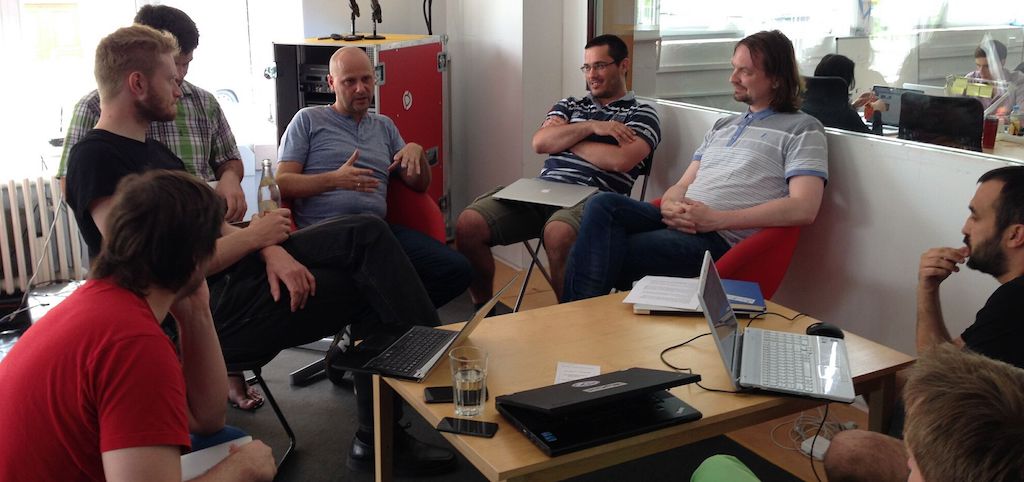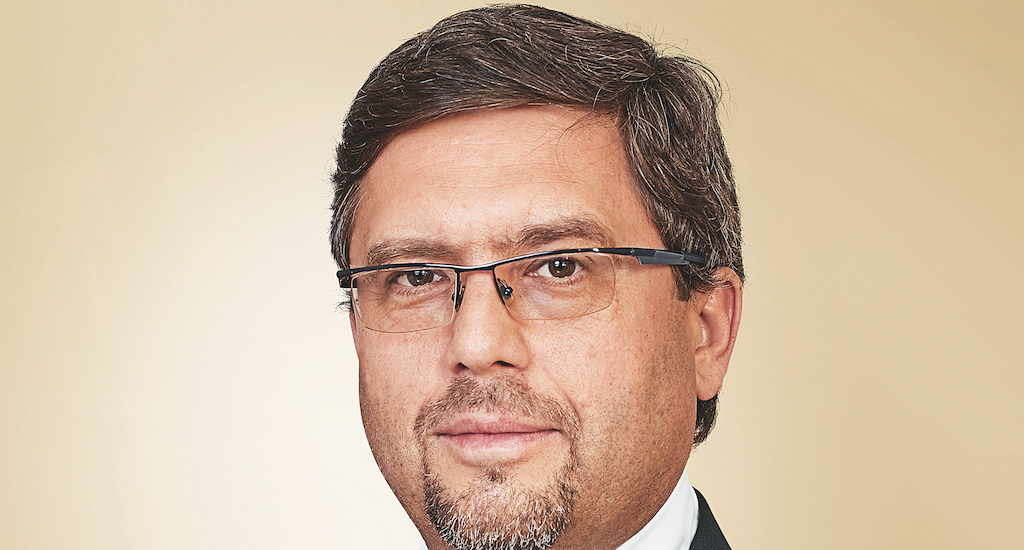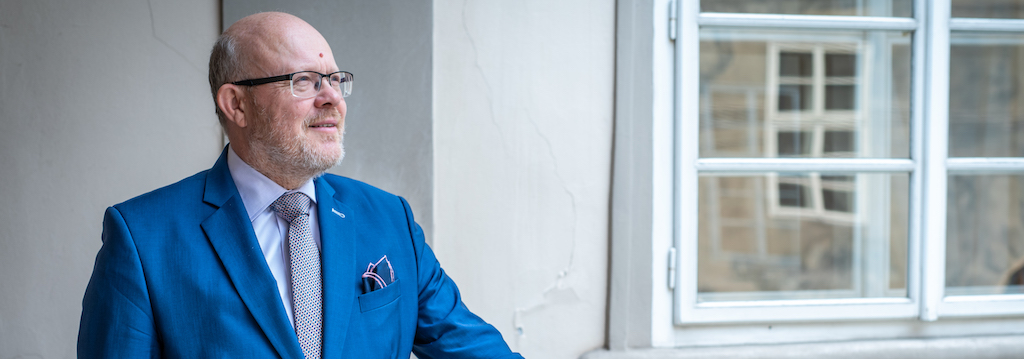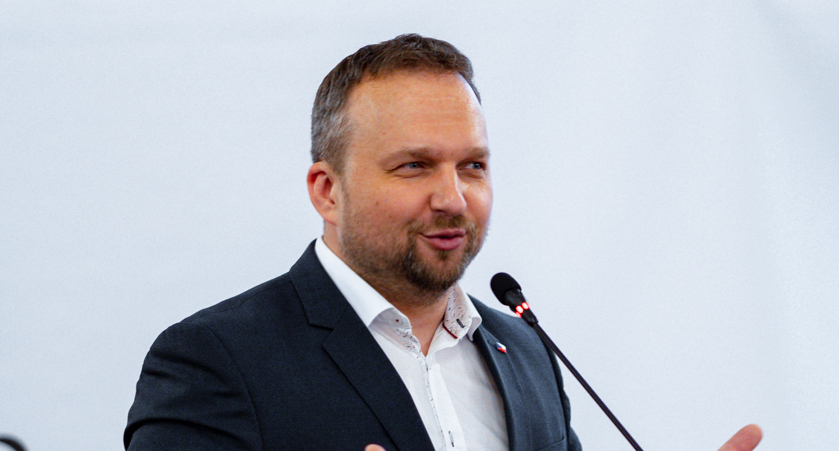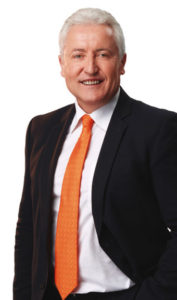
Greater Geneva in the line of sight
Monitoring of air pollution, groundwater management, exploitation of geothermal energy, development of public transport … the territorial services of the Canton of Geneva are collaborating more and more closely with their French counterparts to ensure the sustainable development of a cross-border metropolis of nearly one million inhabitants.
What is the scope of the regulatory and legislative powers of a Swiss canton?
Swiss federalism is based on three levels: the Confederation, the cantons and the communes. The Confederation is a regulatory authority. It has few executive tasks, mainly the army and customs, and sets the norms, rules, and guidelines of general law. The cantons are responsible for applying them. However, they have a certain margin of manoeuvre in this area.
They can write their own laws on points where the confederation has not legislated; they can also go further than it does in the areas where it’s legislated. Geneva, for example, enforces much more ambitious energy or air pollution laws than the Confederal Framework requires. In Geneva, the canton is the only competent authority on environmental, energy and spatial planning issues.
What are the objectives of the canton in terms of energy?
We have set a 40% reduction on all of our greenhouse gas emissions by 2030. By 2050, the goal is to achieve what is known as the “2000-Watt Society”. This concept corresponds to that of factor 4 in France, a division by four of energy consumption, reducing demand and covering the rest by renewable energies.
Since January 1st of this year, the canton is now supplied with 100% renewable electricity. Our dams cover 20 to 30% of our needs. The rest comes from the Valais or German hydropower plants and the 800 photovoltaic plants present on our territory. The goal, ultimately, is to obtain 100% Swiss electricity and 100% renewable. To achieve this, the State aims to have by 2020 photovoltaic self-production representing 10% of the total consumption of its housing stock, against 3.9% currently.
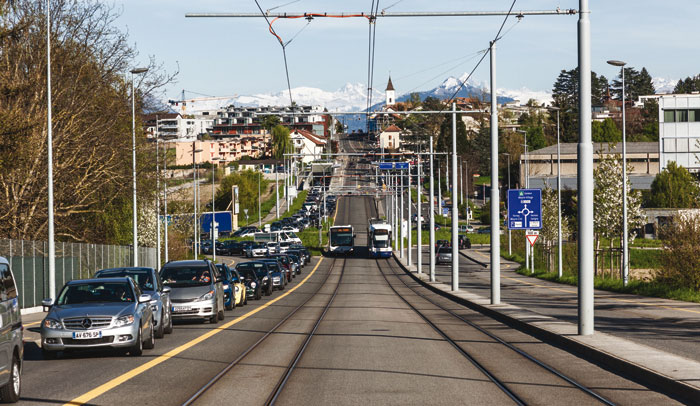
What about heat?
Any new construction or renovation of the roof requires the installation of solar thermal panels in sufficient number to ensure the supply of hot water. The state also has two flagship programmes to meet the 2000-watt target. The first is called GeniLac: for ten years, the water of Lake Geneva has been used to refresh the buildings of international organizations and businesses in the Nations District (Geneva Lake Nations). In winter, they heat them with heat pumps. The system saves 80% of electricity.
Inspired by this success, the GeniLac project aims to extend the system to the entire downtown area and the airport area, a territory ten times larger. Work has progressed well. The first connections are planned for 2017. The second is christened GEothermie2020: a current program of 90 million euros over 5 or 6 years will allow to finalise prospecting and exploration studies. This is to fully map the subsoil of the canton to be able to deploy any type of geothermal. Ultimately, two-thirds of households’ heat needs could be covered by this renewable resource.
What is the place of territorial public services on the Canton?
Cantonal public services are important and often old. Public Transport Geneva (GPT) has existed for 150 years. The network stretches over 400 km and carries 540,000 passengers a day, by bus, trolleybus and trams. One of its particularities – almost unique in Switzerland – is to cover the entire canton, from urban areas to the most remote areas of the centre.
Since 1995, Geneva University Hospitals (HUG) have been home to eight hospitals, two clinics and forty outpatient centres, which employ nearly 10,000 people. The first university hospital in the country, it assures all roles in public health: proximity, first resort, emergencies and outpatient. It is 55% financed by the canton, through taxes, and 45% by insurance.
The international airport is also an autonomous public institution under cantonal law. It has a separate board of directors, a separate accounting system, but it belongs entirely to the state, which retains ownership of all real estate, appoints the directors and approves accounts and budgets. And half of the annual profits fall into the coffers of the Canton.
Finally, Geneva Industrial Services (GIS) is a public company whose capital is divided between the Canton of Geneva (55%), the city of Geneva (30%) and the Geneva municipalities (15%). SIG employs 1,682 people with more than a hundred different jobs. She works in a wide variety of fields. It builds and operates dams on the canton’s soil, produces electricity, and supplies the territory with electricity, drinking water and gas. It treats wastewater, incinerates waste, landfills slag and makes composting-methanisation of organic waste. For example, cross-border river contracts have made it possible to in place of ecological corridors.
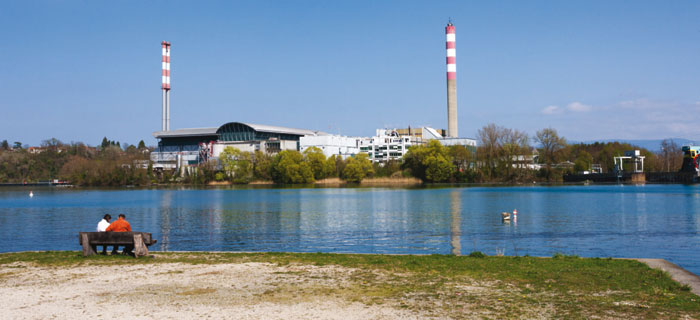
Where is the Greater Geneva?
Greater Geneva is a territory of 2,000 km2 straddling the Swiss cantons of Geneva and Vaud and the French departments of Ain and Haute-Savoie. It covers the entire Canton of Geneva, the District of Nyon and ARC Syndicat Mixte (French part of Greater Geneva), a metropolis of 212 municipalities totalling nearly one million inhabitants. Located in an attractive environment, Greater Geneva is experiencing significant population growth and a booming economy, all assets that must be mastered together to ensure balanced development. This is why Greater Geneva is managed by representatives of the two countries in a legal structure of the type Local grouping of cross-border cooperation (GLCT). The stakes are high: housing, employment, transport, environment, energy, planning …
How do you work with French public services regarding energy or the environment?
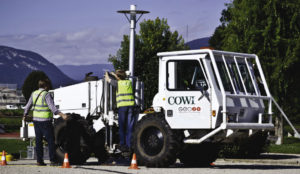 There is a habit, robust, cross-border collaboration in many areas: police, health, training, regional planning …
There is a habit, robust, cross-border collaboration in many areas: police, health, training, regional planning …
As far as the environment is concerned, the Geneva water table has been managed jointly by the canton of Geneva and the communities of the Annemasse conurbation and the French Genevois for nearly 40 years. Cross-border river contracts have been in place for more than 15 years, and – more recently – Franco-Swiss contracts for biological corridors.
There is also G2AME (Grand Genève Air Model Emissions), a common tool for assessing air quality. This work brings together French regional experts and those of the Canton of Geneva and the Canton of Vaud for a harmonised analysis of polluting emissions in order to be able to better control it, and ultimately protect the population’s health. G2AME is able to deduce the air quality in 2020 or 2030 according to the development scenarios of the agglomeration.
We are building the same space for energy dialogue (through the cross-border energy community of which I am co-chair) and in the field of transport. For example, we are developing a 320 km long RER line, the Léman Express, comprising more than 45 stations, with an extension to Annemasse and beyond. We are also planning the creation of a cross-border bus network with a high level of service, and maintain regular contacts with our French partners for the development of charging stations for electric vehicles.

